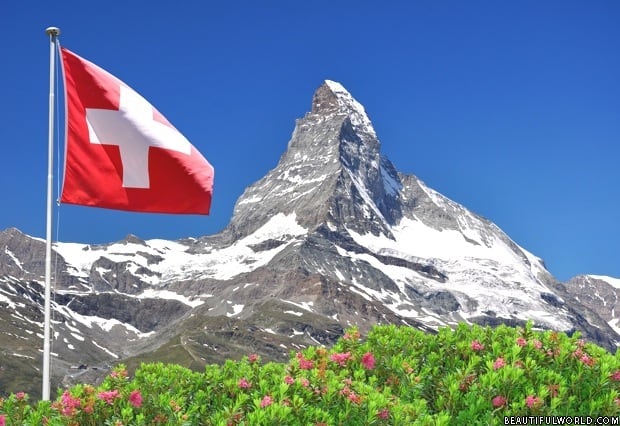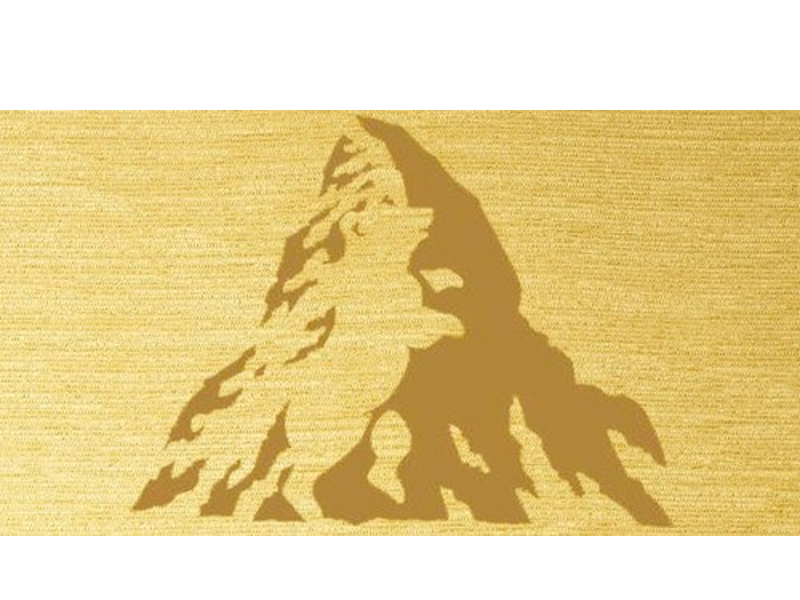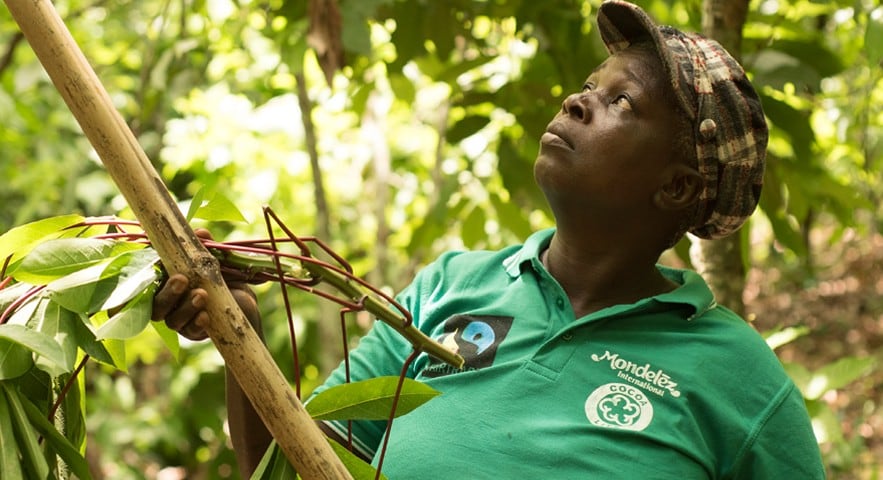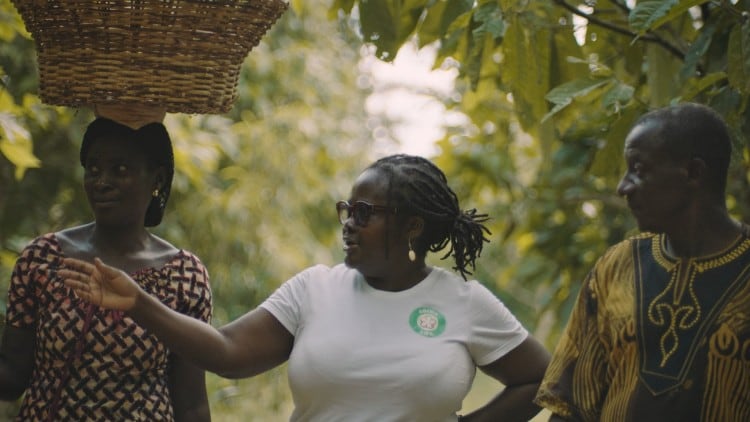in 2017 a 'Swissness' legislation was introduced that restricts the use of the national flag’s white cross on a red background, as well as other indicators of Swiss provenance, in foodstuffs, industrial products and services. For foodstuffs to market themselves as ‘made in Switzerland’, 80% of the raw ingredients must be sourced from the country and the majority of processing take place there. For milk and milk-based products, the required quota is 100%, with exceptions for ingredients that cannot be sourced from Switzerland, such as cocoa.

Toblerone has been produced in the Swiss capital, Berne, since 1908, whose heraldic animal – a bear – is hidden inside the Matterhorn’s image on the packaging. The 4,478-metre-high (14,690ft) Matterhorn mountain, the nearly symmetrical pyramidal peak of which mirrors the shape of the almond-and-honey-laced chocolate bar, will be replaced with a more generic Alpine summit, said Mondelēz International, which has owned Toblerone since 2012.
It announced from the end of 2023 it would move some of the production to its plant in Slovakia, where it also produces the Milka chocolate brand originally made in Switzerland. “The packaging redesign introduces a modernised and streamlined mountain logo that aligns with the geometric and triangular aesthetic,” a Mondelēz spokesperson told local media. Toblerone packaging will now read ‘established in Switzerland’, rather than 'of Switzerland'.
PRONATEC Swiss Cocoa Production is the first company in Switzerland that produces all three semi-finished cocoa products such as mass, butter and powder in Switzerland, all certified organic, for business customers and private lables. Its own AMARRÚ chocolate brand is available from organic Swiss shops, health food stores and its chocolate bars and truffles are made in Switzerland and organic and Fairtrade certified.
“Having our production site and value chain in Switzerland is very important for us. However, the importance of 'Swissness' for us cannot be compared to the importance it has for Swiss chocolate brands, who sell their products to end customers. Nevertheless, our customers from the Swiss chocolate and food industry really appreciate the fact that our value creation takes place in Switzerland,” said David Yersin CEO and Managing Director of PRONATEC.
In 2016, Toblerone made headlines when it increased the gaps between the triangular chocolate chunks on bars sold in the UK, supposedly to be able to sell the snack at the same price but at a weight reduced from 170g to 150g. A year later, Mondelēz also reduced the weight of Toblerone bars sold in Germany, with the number of triangular peaks down to 11 from 15.
Brand Britain
The United States has a ‘Made in the US’ labelling law that is just as strict as Switzerland’s version and writing in the Daily Mail, Christopher Nieper, Managing Director of the David Nieper fashion business, said: “Now that Brexit has freed us to set our own laws, why can’t we have a Britishness legislation like the Swiss – our very own ‘Toblerone Mark’? The UK fashion industry is worth £26 billion a year to the economy, but only three percent of the clothes we wear are made here. It is vital that the Government protects Brand Britain by enforcing the country of origin rule in the clothes we sell. For a garment to be described as ‘Made in Britain’, at least 50 percent of its value should have been added in the UK.”
Carol Oldbury, Director at Hames Chocolates, a successful British B2B producer and supplier of chocolate products to the industry, told ConfectioneryNews: “As a business that champions British manufacturing, we know that the majority of consumers are supportive of goods manufactured in this country. Therefore, I think it’s vital to differentiate between chocolate that’s ‘Made in Britain’ and chocolate that’s ‘Made in Britain with British Milk’. While I welcome provenance labelling, we must also be mindful of the immense pressure manufacturers are under at this time, so there also needs to be some flexibility for manufacturers around sourcing ingredients for the products they make.”



